
The squirrel batched out past his competitors, nerfing an A-bomb and pruning a T-bone on his way to top eliminator, moments before the badge bandits arrived on the scene. So might have gone a description of a drag race in the 1950s, at least according to the “Dictionary of Drag Racing Jargon” LIFE published in 1957.
Drag racing has always been NASCAR’s rebellious cousin, Hollywood’s prolific mining of the sport for high-speed drama (Fast and Furious one through seven, for starters) would have outsiders believe. In its earliest years, races were held stoplight-to-stoplight, or until the sound of sirens prompted drivers to disperse. The sport LIFE profiled in the late 1950s, however, looked less like the revved-up teenagers of Rebel Without a Cause and more like a maturing young adult trying to be taken seriously.
The National Hot Rod Association and the Automobile Timing Association of America, founded just a few years after NASCAR in 1951 and 1956, respectively, were taking pains to distance themselves from the popular view of drag racing as “a postwar teen-age infatuation with souped-up cars in which speed-crazy kids raced surreptitiously at 80 or 90 mph over lonely roads.” Local clubs with names like the Dragons and the Road Lords divided their attention between perfecting hot rods for races and waging a public relations campaign to improve public opinion of their sport.
Drag racing clubs got involved with civic projects to curry good favor in their communities. They liaised with local police and disciplined drivers who practiced their lead-footed habits outside of officially sanctioned racing strips. They disapproved of illegal street racing as fervently as the law enforcement that aimed to shut it down, as it cast a negative light on the sport as a whole.
The future of the sport was in question, as national coalitions of police chiefs voiced disapproval and the National Safety Council announced its official stance against drag racing. Sponsors pulled out, and supporters found themselves grasping at statistics to try to disprove correlations between the sport and traffic fatalities.
The photos that accompanied LIFE’s 1957 cover story offered an antidote to the after-hours danger many people associated with drag racing. Held in broad daylight with sharply dressed drivers and support teams, the races were a far cry from the stuff of James Dean, helping to bolster the sport’s legitimacy among a skeptical population.
Sixty years later, the NHRA claims 80,000 members, 140 tracks and 5,000 annual events. Attendance and viewership pale in comparison to NASCAR, which is second only to the NFL in television viewership. But its adherents remain a dedicated bunch, and its box office potential nearly, but apparently not entirely, exhausted.
Liz Ronk, who edited this gallery, is the Photo Editor for LIFE.com. Follow her on Twitter at @LizabethRonk.

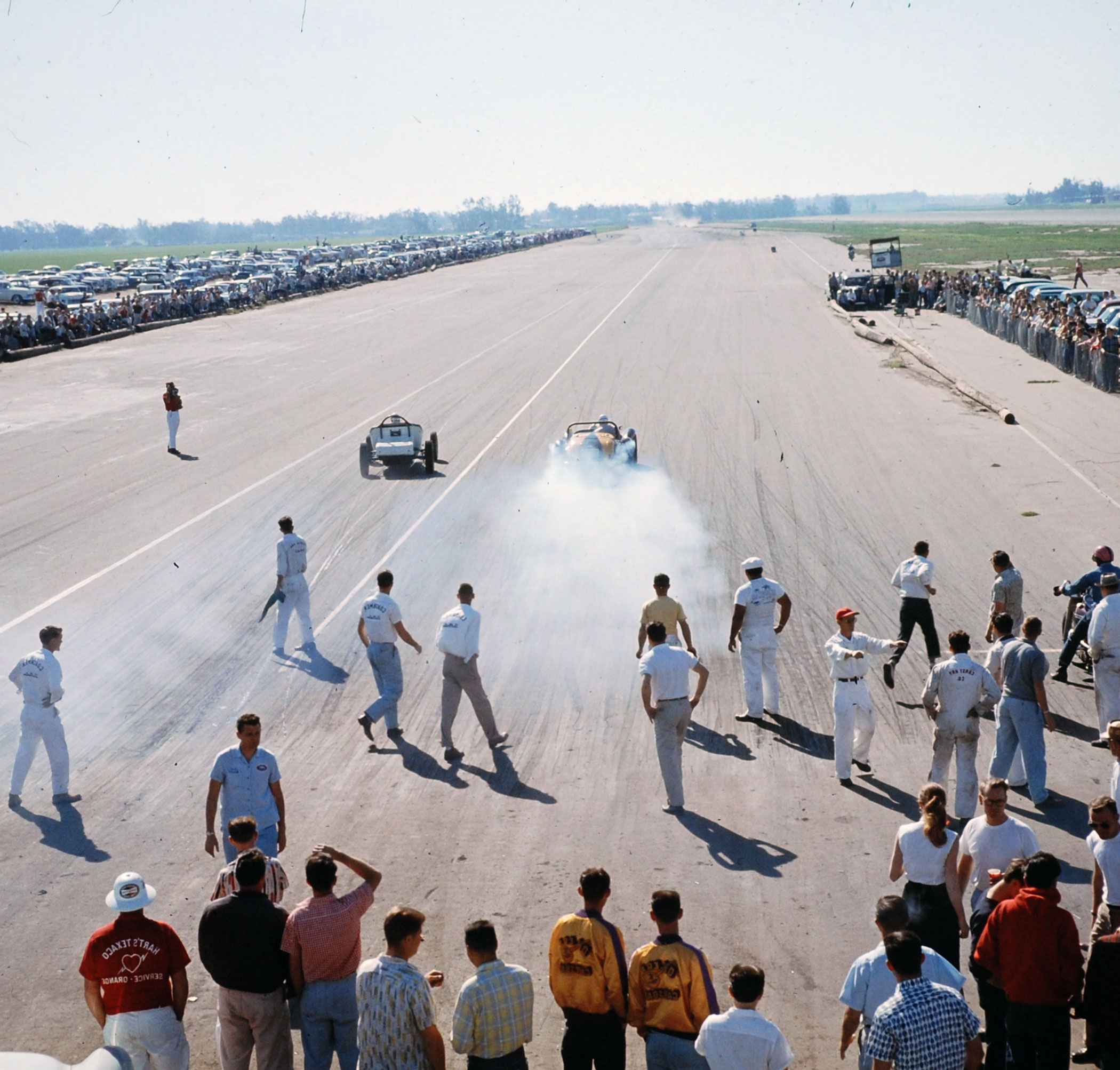
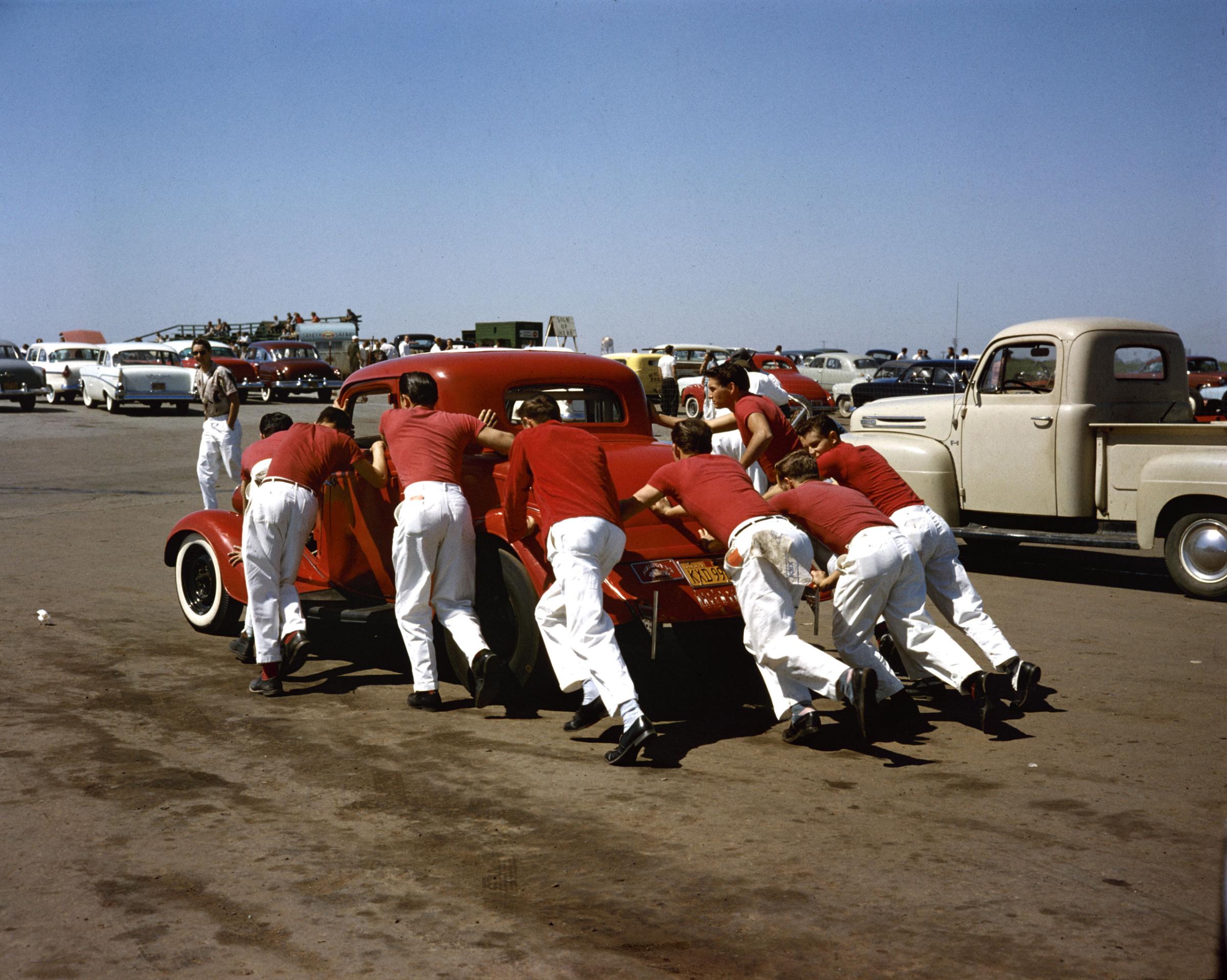

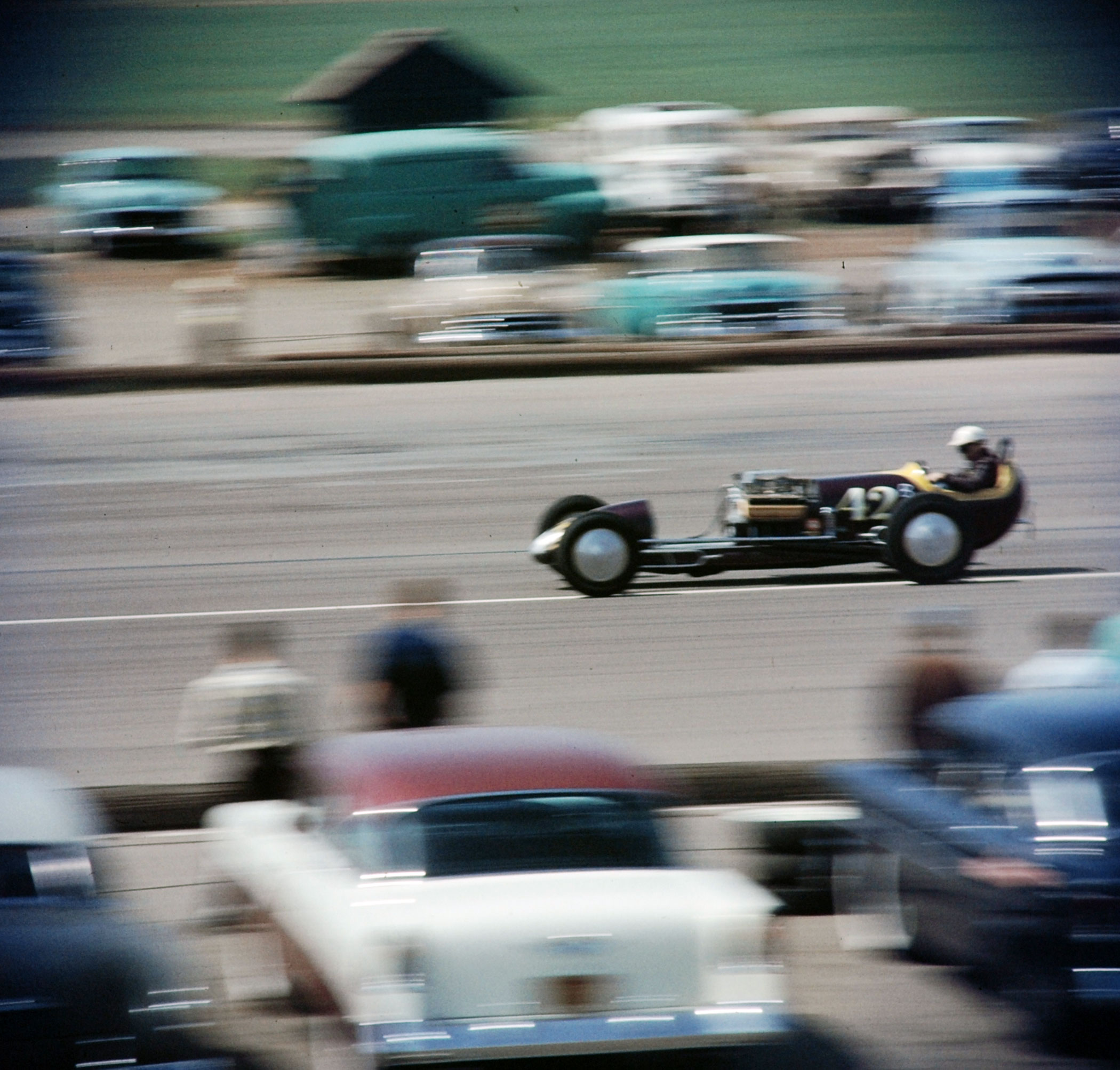
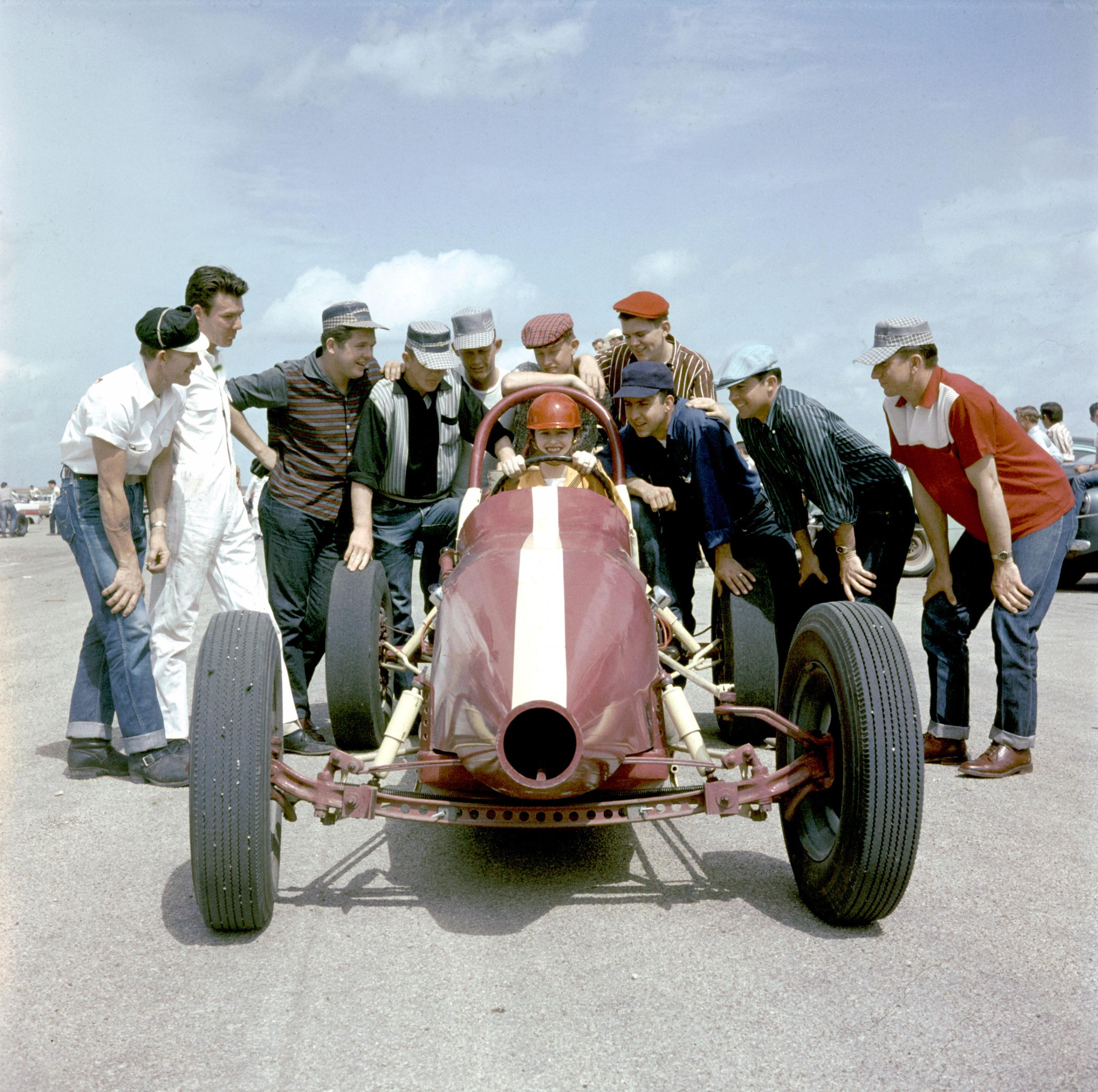




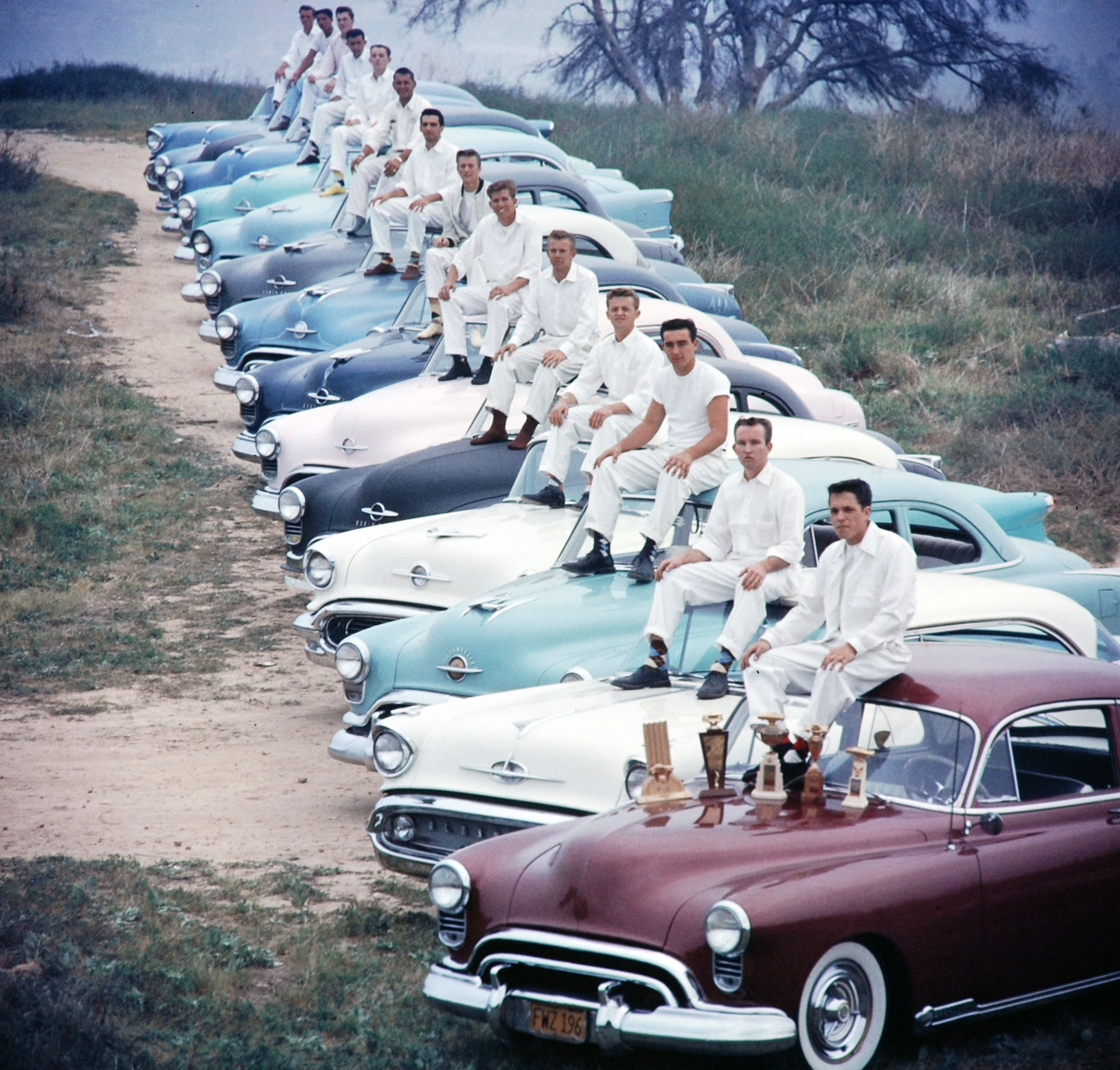
More Must-Reads from TIME
- Cybersecurity Experts Are Sounding the Alarm on DOGE
- Meet the 2025 Women of the Year
- The Harsh Truth About Disability Inclusion
- Why Do More Young Adults Have Cancer?
- Colman Domingo Leads With Radical Love
- How to Get Better at Doing Things Alone
- Michelle Zauner Stares Down the Darkness
Write to Eliza Berman at eliza.berman@time.com